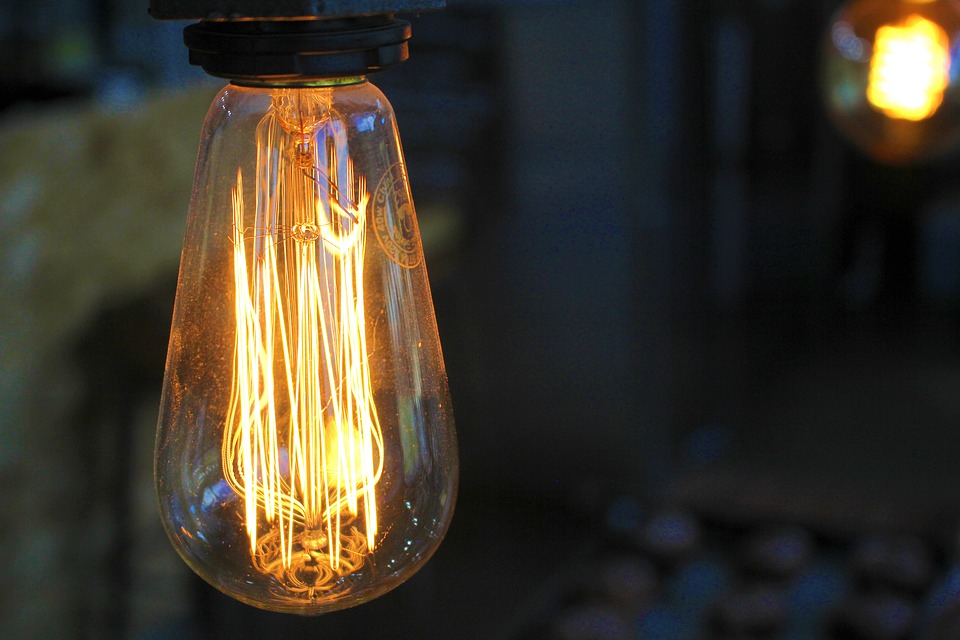A team of scientists from MIT (Massachusetts Institute of Technology) have developed a system for storing renewable energy and deliver it back into an electric grid in demand. The system is described in the journal Energy and Environmental Science as capable of powering a small city when the sun is not up and the wind isn’t charging.
The design works by simply storing the excess electricity from solar and wind in large tanks of white-hot molten silicon, which in turn emits light which can be turned back into electricity when required.
This system is reported to be cheaper than conventional storage systems like lithium-ion batteries. It is estimated to cost about half as much as pumped hydroelectric storage – cheapest form of grid-scale energy storage to date.
“Even if we wanted to run the grid on renewables right now we couldn’t, because you’d need fossil-fuelled turbines to make up for the fact that the renewable supply cannot be dispatched on demand,” said Asegun Henry, Associate Professor at MIT.
“We are developing a new technology that, if successful, would solve this most important and critical problem in energy and climate change, namely, the storage problem,” Henry said.
The researchers have outlined their concept for a new renewable energy storage system, which they call TEGS-MPV, or Thermal Energy Grid Storage-Multi-Junction Photovoltaics. It would comprise two large tanks, one for the “cool” molten silicon (1,920°C; 3,500°F) and one for the “hot” molten silicon (2,370°C; 4,300°F). When electricity is needed, the hot silicon is pumped into tubes that can emit light, and the special multi-junction photovoltaics can efficiently convert it into electricity.
Instead of using fields of mirrors and a central tower to concentrate heat, they propose converting electricity generated by any renewable source, such as sunlight or wind, into thermal energy, via a process by which an electric current passes through a heating element.
The team had to come up with innovative designs to test if this setup was possible. They constructed a small graphite-lined tank that can withstand the heat of the molten silicon, without any leaking on the outside. They also built a pump that is capable of dealing with extremely high temperatures.

